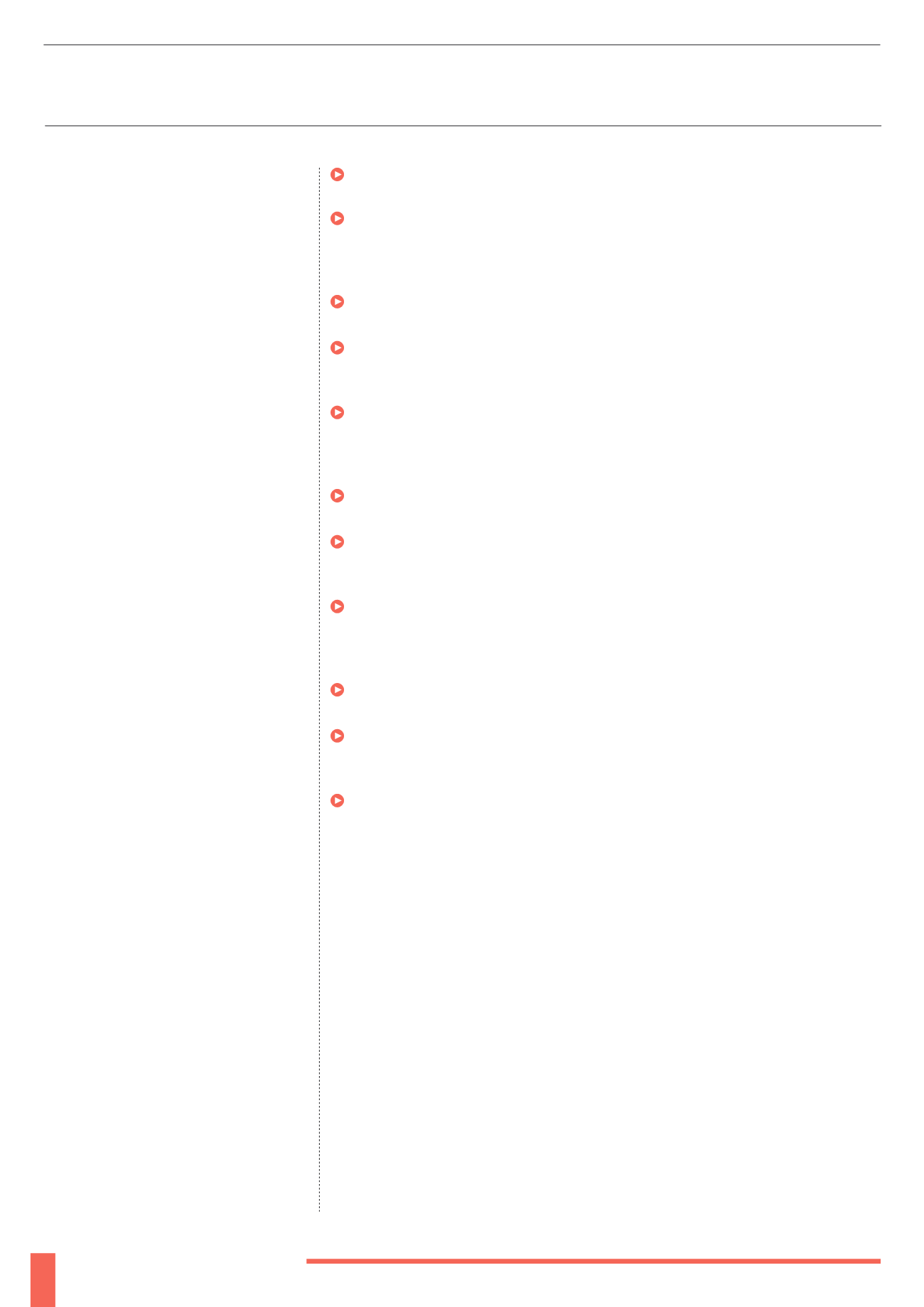
66
Our analysis of the EIS market
reveals a broad range of investment
opportunities that cover any number
of investment objectives.
As logic would suggest, single company
EIS investments tend to have lower
minimum levels of investment than funds,
and because investment is into just one
company there is a higher risk/reward ratio.
Funds cover a broader range of investment
objectives. Some offer similar risk/reward
profiles to single company investments, but
others take a more conservative approach
and structure themselves with lower levels
of risk, and more certainty around the exit
for the investor. These opportunities tend
to have higher minimum investments,
higher charges and are very often focused
in the energy sector where feed-in-tariffs
and renewable obligation certificates have
provided security. Interestingly though
these investments forecast similar levels of
return to growth focused EIS investments.
Charges are broadly similar across the
investment sectors, with all having
relatively high initial fees compared
with mainstream funds – to pay for the
more detailed work involved in making
investments into unlisted companies. Initial
fees are between 4-5% across all sectors
with the exception of Energy, where the
average is 3.8% – perhaps reflecting greater
competition for investment in this sector.
Ongoing annual management charges are
between 1.5 and 2% across all sectors.
When charges are looked at from the
perspective of investment focus, charges
are somewhat lower for exit focused
investments, with an average initial fee
almost 1% lower than growth focused,
perhaps reflecting that exit focused
investments may be based around one
or two larger opportunities, rather than
10s or 100s of smaller opportunities
that all need to be researched
before investment takes place.
The annual average fundraising target
for EIS funds previously varied widely
from year to year. However since 2009, as
more funds have moved into the EIS space
and the sector has matured, the average
has increased each year – and this is a
trend that looks set to continue as funds’
reputation, size and confidence grows.
The EIS market saw 229% growth in
opportunities from 2010 to 2014
16% of the EIS investments we analysed
are currently open to investment, with a
number of these being evergreen
opportunities
Growth focused opportunities account
for 56% of the whole EIS market
There are seven main sectors with
Energy, Technology and General Enterprise
accounting for 64% of the market
The shape of the EIS market has changed
dramatically over time, with energy now the
largest industry sector with 28% of the
market
Funds/portfolios have a higher focus on
growth than single company investments
Single company investments are smaller
scale, with lower fundraising targets and
lower minimum investment levels
Returns quoted in the investment
material provided often include tax benefits
that may only be applicable to higher rate
tax payers
98% of investments on our investment
register pay returns on exit
Initial fees within the EIS market are very
high with an average of 4.3% of the
subscription amount
The most common performance fee
charged on EIS funds is 20% of all profits
MARKET ANALYSIS CONCLUSIONS


